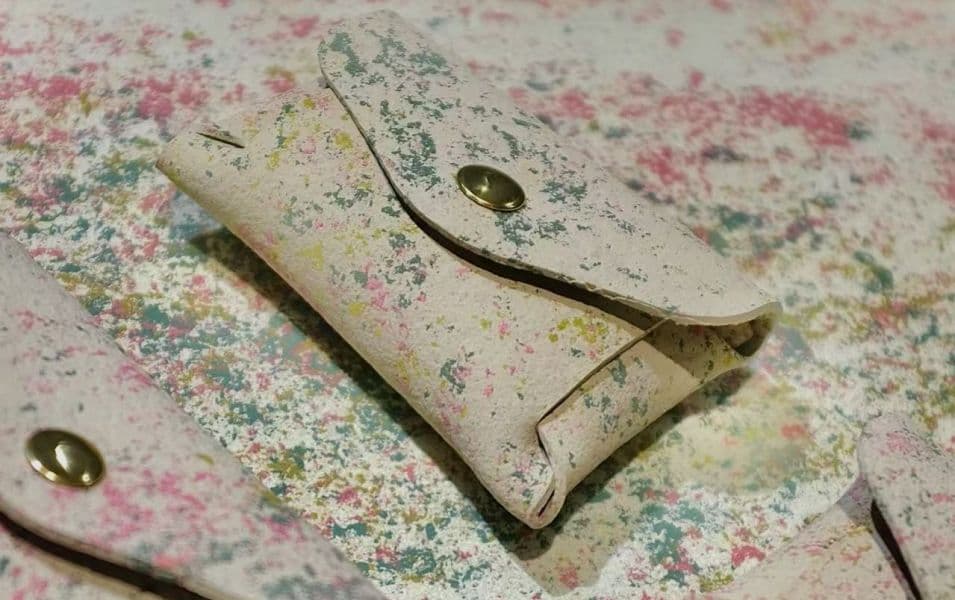1. Your patented process eliminates dyes and wastewater. Could you detail the specific techniques employed to preserve the original balloon colours while ensuring uniformity across production batches?
The first step in our recycling process at the collection center is to sort discarded balloons by color. Once sorted, we create color swatches based on the available hues, which are then used to guide color matching in production. The key to maintaining consistent coloration lies not in the recycling technology itself, but in the meticulous color-sorting process at the front end. This ensures minimal need for added pigments and contributes to the elimination of dyes and wastewater in our process.

2. Natural rubber from balloons is known for its elasticity. How do you modify or stabilise this property to achieve the structural integrity required for applications like furniture or wall panels?
Our material’s structural integrity is a result of controlled layering and compression techniques rather than chemical additives. While we embrace the natural elasticity of rubber, we stabilize the material through a combination of thermoforming and precision molding during regeneration. This approach allows us to retain the material’s playful, tactile quality while ensuring it's suitable for low-impact decorative applications such as wall panels and furniture surfaces.
3. In terms of tensile strength and abrasion resistance, how does lokaReboon material compare to conventional synthetic leathers, and what testing protocols do you utilise to validate these properties?
Our material significantly outperforms traditional animal leather in terms of strength and durability. In lab settings, we conduct tensile and flexural testing following standardized protocols to evaluate resistance to stress and bending. These metrics help us ensure our material is not only visually appealing but also structurally robust, making it suitable for everyday use.
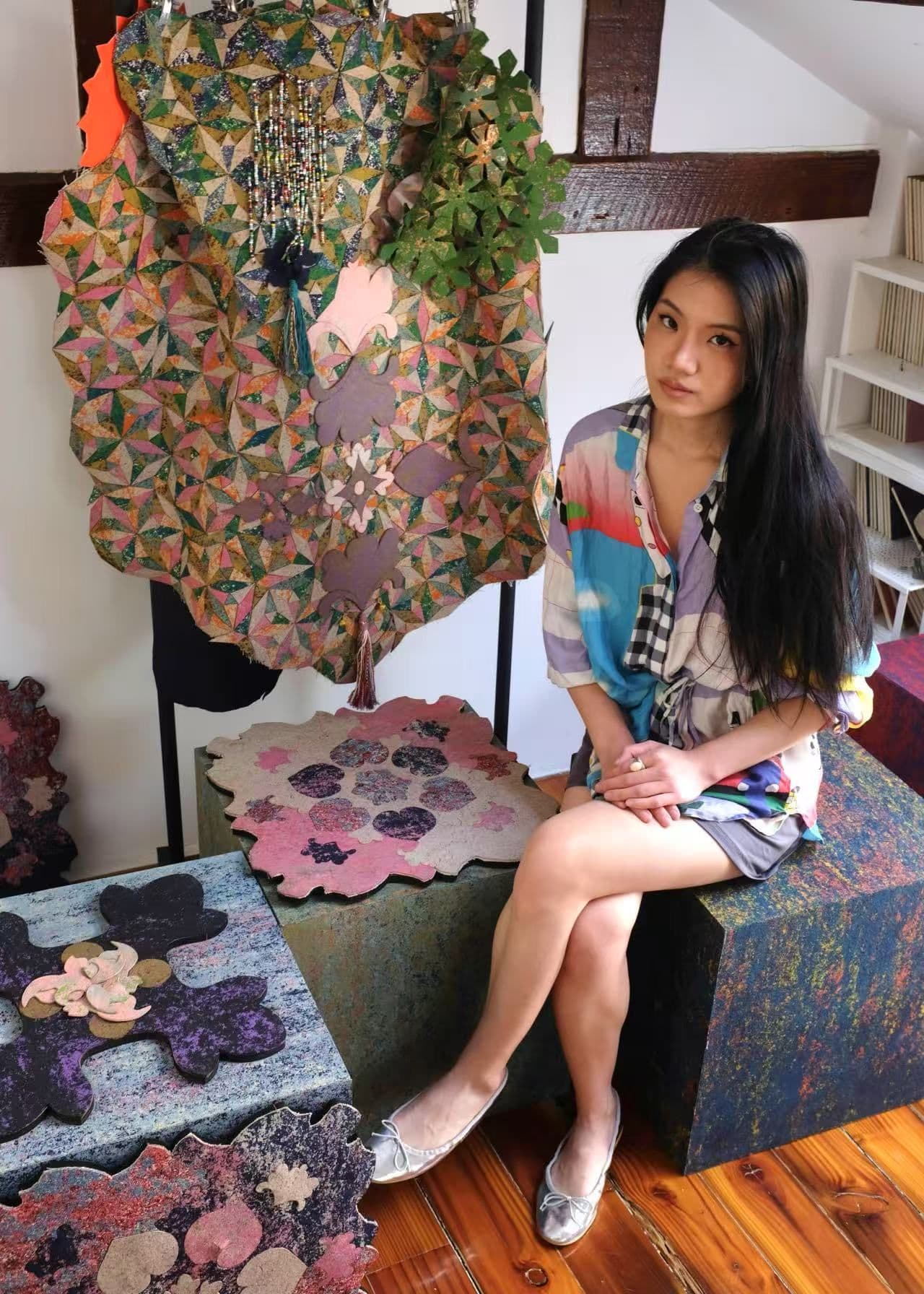
4. Given the diverse sources of discarded balloons, how do you manage variability in material composition to maintain consistent quality and performance in the final product?
Although our raw materials come from a wide range of sources, we have found that most discarded balloons are made from natural rubber, which offers a baseline consistency. Our pre-processing stage includes material inspection and filtration, which enables us to screen out non-conforming materials. So far, the variability hasn’t significantly impacted the performance or appearance of the final product.

5. Your process reportedly reduces carbon emissions to just 0.6% compared to traditional incineration methods. Can you elaborate on the energy sources and efficiencies achieved during production?
Our carbon footprint reduction is achieved through several means. First, the proximity between the recycling center and regeneration facility minimizes transportation emissions. Second, we use an efficient logistics partner and prioritize low-energy, high-efficiency machinery in our regeneration process. Together, these strategies drastically reduce the energy inputs typically associated with material transformation.
6. The material boasts a 5/5 rating in both dry and wet friction colourfastness. What treatments or processes contribute to this high level of colour retention?
The high colourfastness rating is largely due to the original pigments found in the balloons themselves. During our selection process, we actively choose balloons that have shown excellent color retention over time. These pre-tested inputs eliminate the need for added treatments and ensure that the final product retains its vibrancy under various conditions.
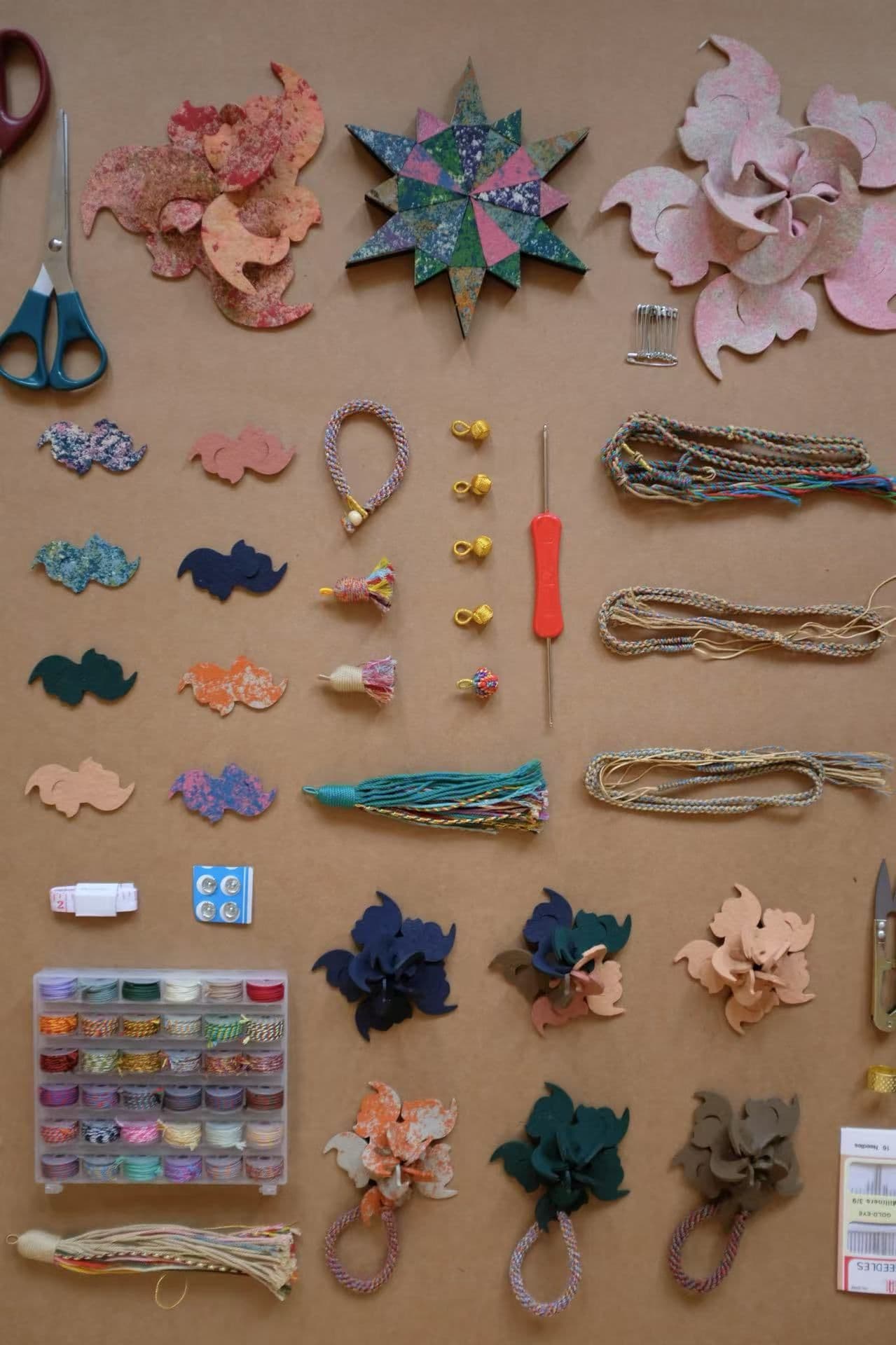
7. Each sheet repurposes approximately 300 balloons. What challenges do you face in scaling this process, and how do you ensure a steady supply chain of raw materials?
We estimate each balloon to weigh approximately 2 grams, and a typical sheet (45cm × 45cm × 2mm) weighs around 450g to 500g. This forms the basis of our balloon-to-material ratio. The challenge in scaling lies in ensuring a consistent inflow of used balloons, which we manage through community partnerships, collection drives, and collaborations with event organizers. These networks have proven effective in keeping our supply chain steady.
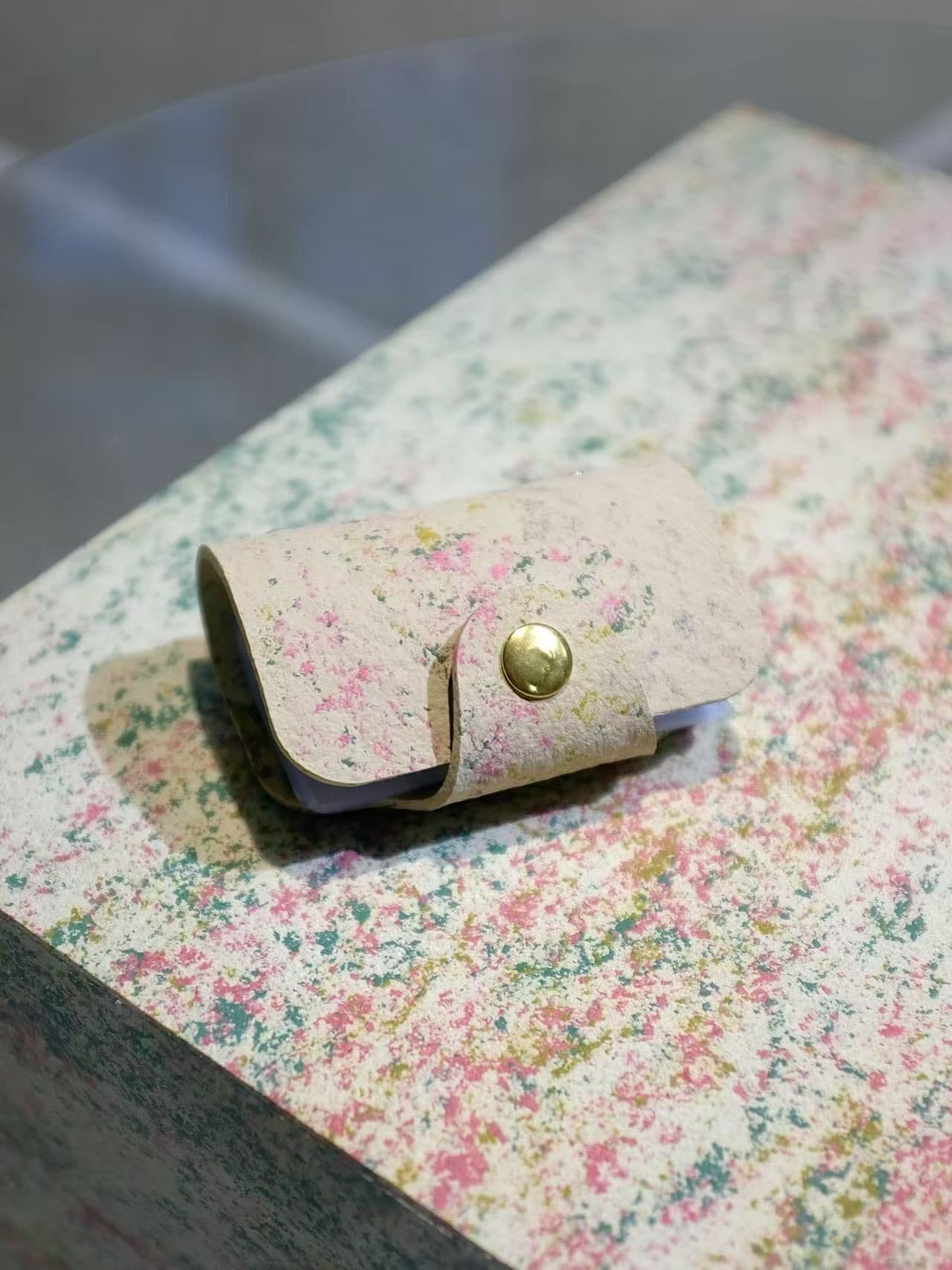
8. How does the material perform under various environmental conditions, such as UV exposure, humidity, and temperature fluctuations, especially for outdoor applications?
As with most rubber-based materials, ours is not ideal for prolonged exposure to high UV or extreme temperatures. While it holds up well under indoor conditions and normal humidity levels, we do not recommend it for outdoor use where direct sunlight or heat is constant. That said, ongoing material testing may open up future avenues for extended environmental applications.
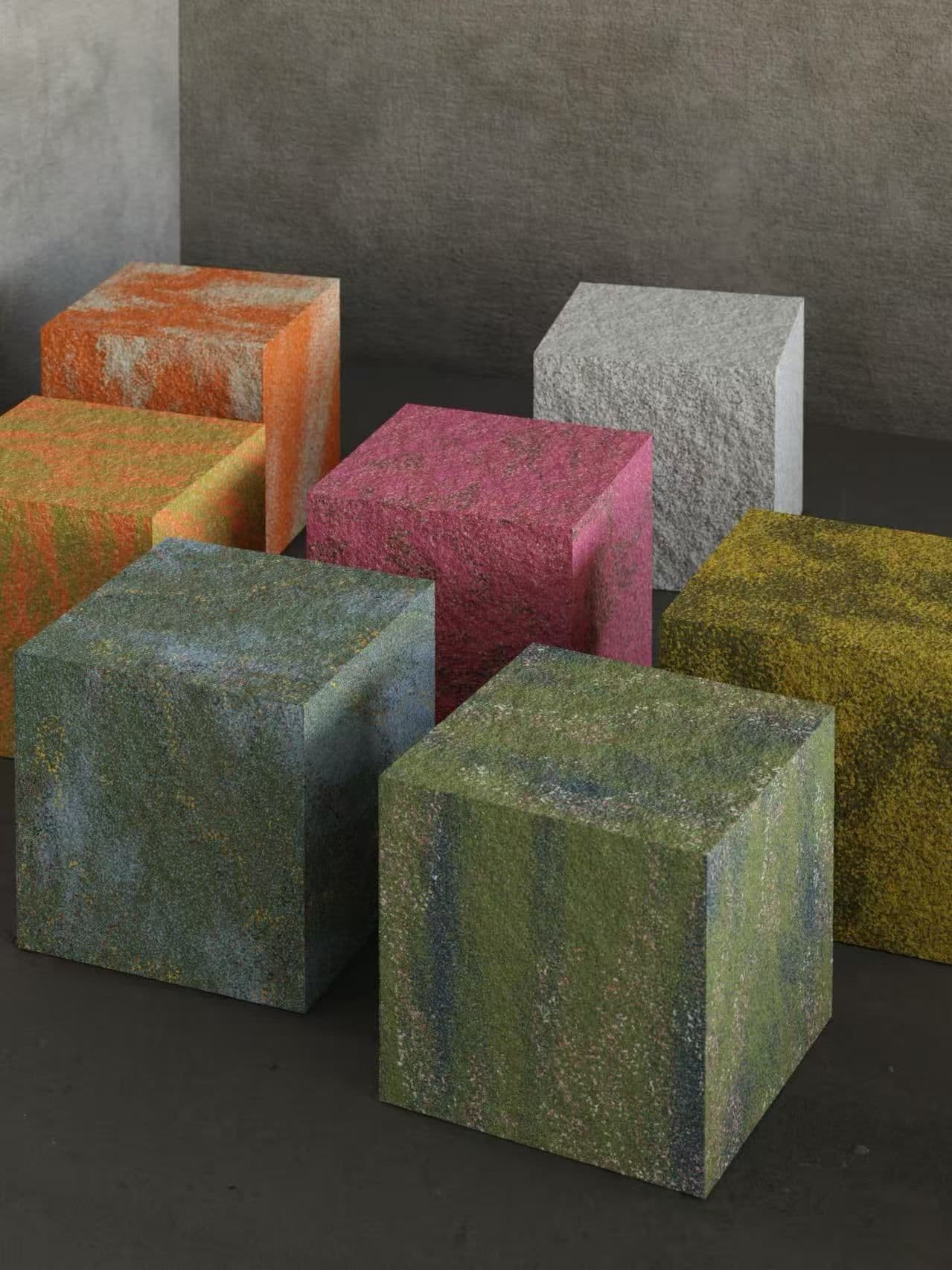
9. Could you discuss the end-of-life options for lokaReboon materials? Are they recyclable or biodegradable, and what infrastructure supports their disposal?
We focus on creating a circular lifecycle for our materials. Many of our partner brands utilize lokaReboon for interior design and home décor. After its initial application, we work with them to repurpose leftover material into gift items or promotional giveaways. While the material is not biodegradable, it is recyclable within our own ecosystem, and we offer take-back programs to ensure sustainable disposal.
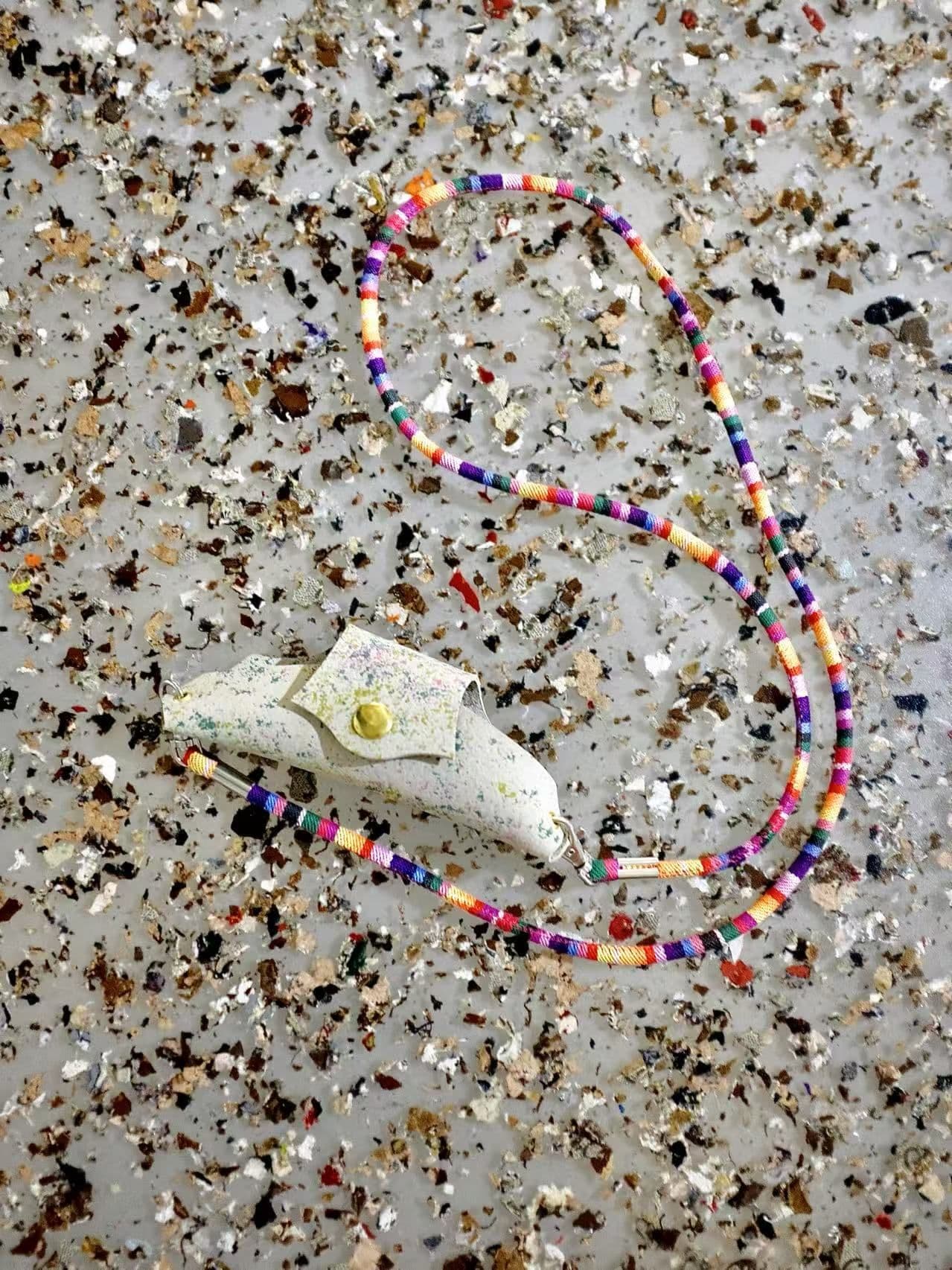
10. Your collaboration with communities in Xiong’an New Area is commendable. How does this partnership influence the sourcing and initial processing stages of the materials?
This partnership plays a vital role in both material sourcing and community engagement. Xiong’an New Area aims to become a zero-waste region, and our initiative complements this goal. The local government has supported the establishment of a recycling center, and we also collaborate with the local Women’s Federation to host art workshops, engaging retired women in balloon sorting and creative reuse activities. This localized approach strengthens our mission both environmentally and socially.
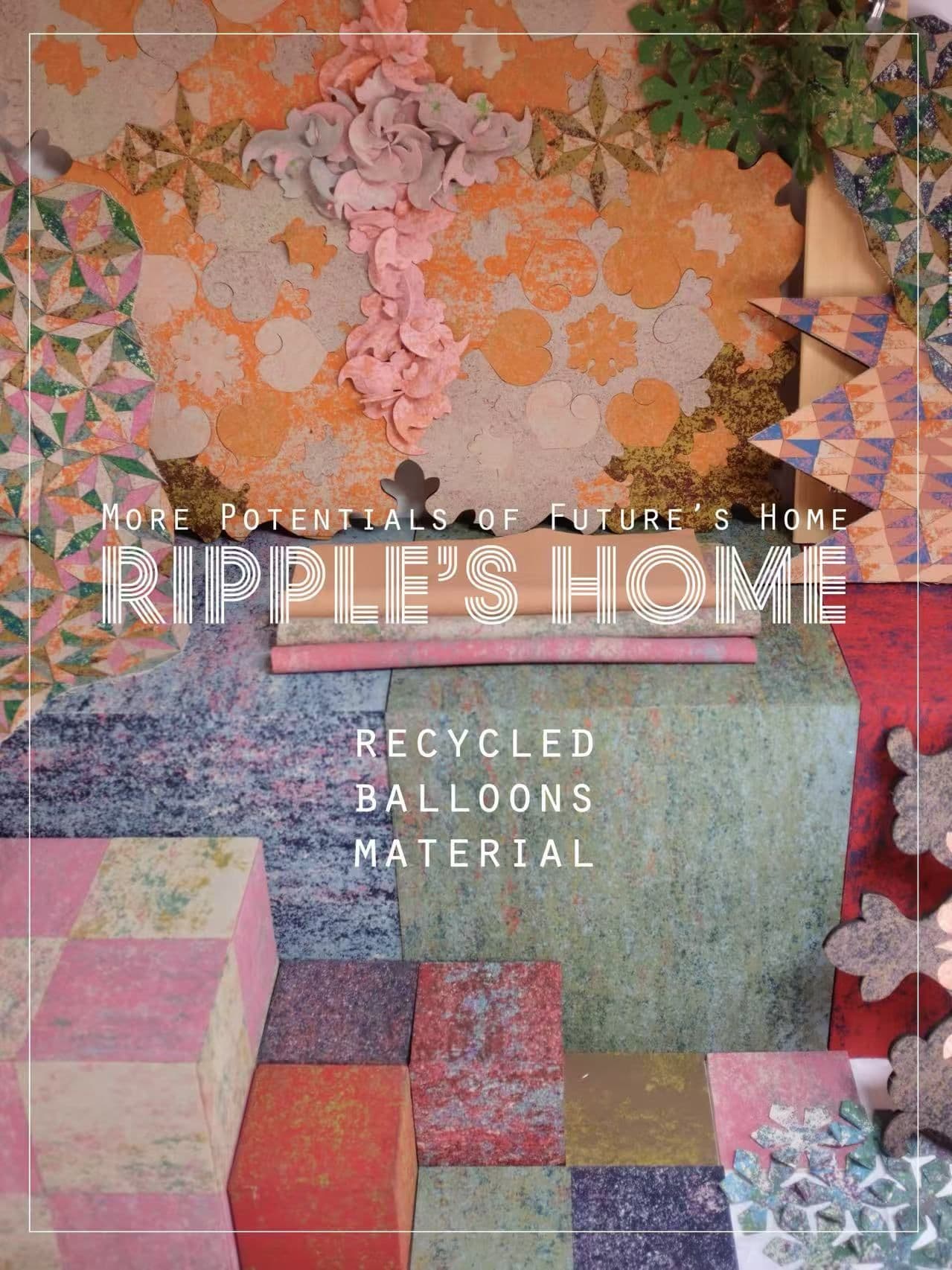
11. What potential do you see for integrating lokaReboon materials into industries beyond fashion and interior design, such as automotive or consumer electronics?
We have already diversified into leather-like accessories such as coin purses, sunglass cases, and card holders. Looking ahead, we're exploring applications in consumer electronics as casings or design elements, and potentially in automotive interiors where visual and tactile appeal is critical. The key lies in ongoing material testing and collaborative R&D with forward-thinking partners.
